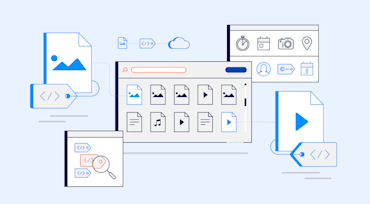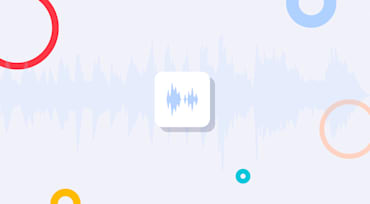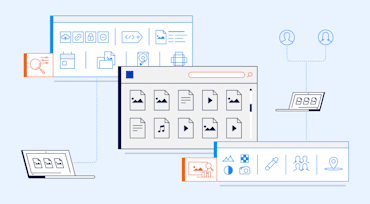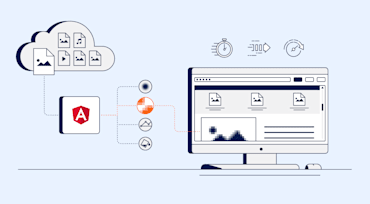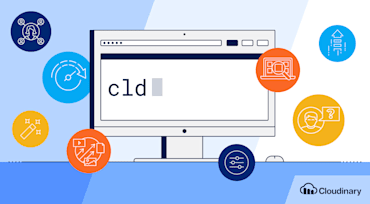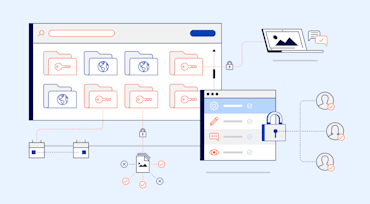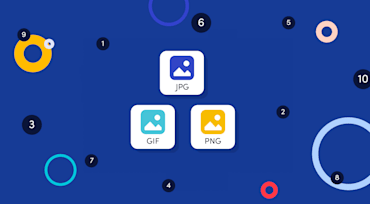Following Naveen's post on integrating Cloudinary into your Shopify store, here are all the technical details you need to:
Note that the above tasks are just the starting points for making Cloudinary DAM work with Shopify through APIs and showcasing the benefits, not an official procedure for integrating Cloudinary with Shopify. Feel free to expand on these tasks to create your own solutions.

